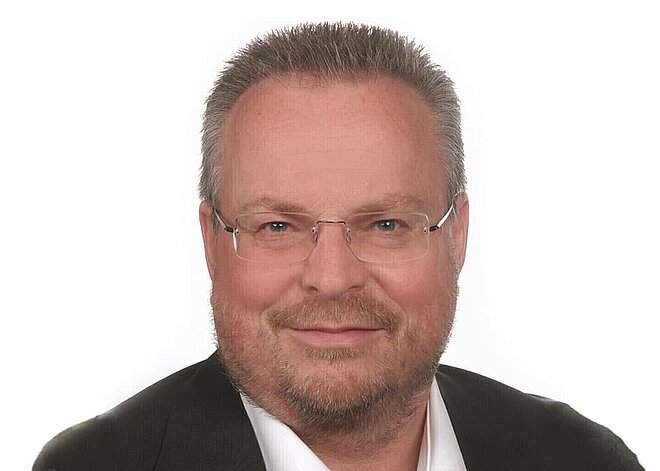SIMULATION TECHNOLOGY FOR CALCULATING POSSIBLE MOLD GROWTH
![[Translate to English:] Merkle CAE Solutions Schimmelbildung [Translate to English:] Merkle CAE Solutions Schimmelbildung](/fileadmin/_processed_/e/e/csm_Merkle-cae-solutions-schimmelbildung_002e3a8e60.jpg)
In the manufacturing industry - above all in the food and pharmaceutical industries - and in building services engineering, the subject of mold growth is rightly given a great deal of attention. By means of engineering simulation calculations, mold-prone areas can be clearly defined, measures can be established, or even corresponding zones can be avoided even before the building is erected.
Mold, if it appears where it shouldn't, can cause enormous amounts of damage. Merkle CAE Solutions, a specialist office for engineering calculations, simulates the possible susceptibility to mold even before buildings are constructed. For already existing production or storage halls, simulations are used to establish effective measures to prevent mold.
Mold-prone areas such as cold bridges, uninsulated or poorly insulated areas, are usually obvious. Here, the impact of measures can be tested digitally. In addition, other areas are often affected by mold due to flow, which are not always obvious. These zones can be clearly delineated in advance.
"We can not only identify critical areas in the geometry and on the building envelope, but also flow-related condensation when rooms and surfaces are used; for example, when the door of a cold storage hall is opened at -24°C to the packaging area with <0°C. Simulations show very precisely here where water can be expected as dew or mist," says Stefan Merkle, Dipl.-Ing. (TU), managing partner of Merkle CAE Solutions GmbH.
On the basis of CFD simulation (computational fluid dynamics), scenarios of any complexity can be mapped: from the mixing of different air flows and air masses in heavily and less heavily trafficked areas.
"The simulation technology forms a solid picture of reality on the basis of appropriate experience and good computing power. Our customers use this not only to avoid defects and damage in advance, but also to provide services, products or even buildings with that little bit more in terms of innovation and progress," adds Stefan Merkle.



